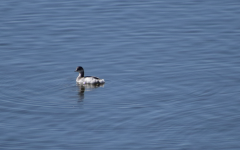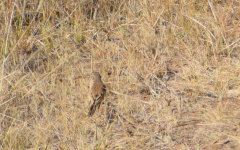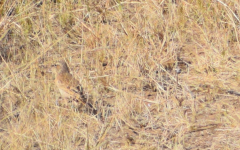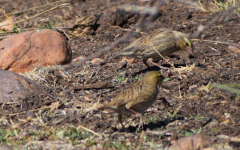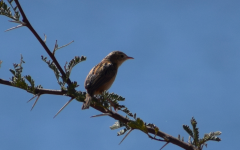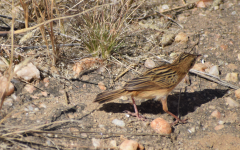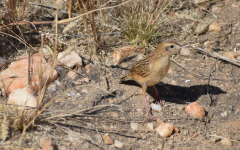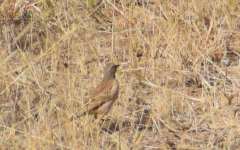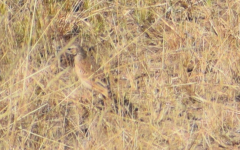Some confirmations for a few birds seen at the Avis Dam in Windhoek yesterday:
1. Black Necked Grebe confirm
2. Lark sp. (see Lark photos 1 &2 - same individual)
3. Bishop sp. (maybe Southern Yellow?)
4. Cisticola sp. (Individual 1 in Photo A)
5. Cisticola sp. (Individual 2 in Photos B1 &B2)
I didn't get any of the cisticola songs, unfortunately.
1. Black Necked Grebe confirm
2. Lark sp. (see Lark photos 1 &2 - same individual)
3. Bishop sp. (maybe Southern Yellow?)
4. Cisticola sp. (Individual 1 in Photo A)
5. Cisticola sp. (Individual 2 in Photos B1 &B2)
I didn't get any of the cisticola songs, unfortunately.





